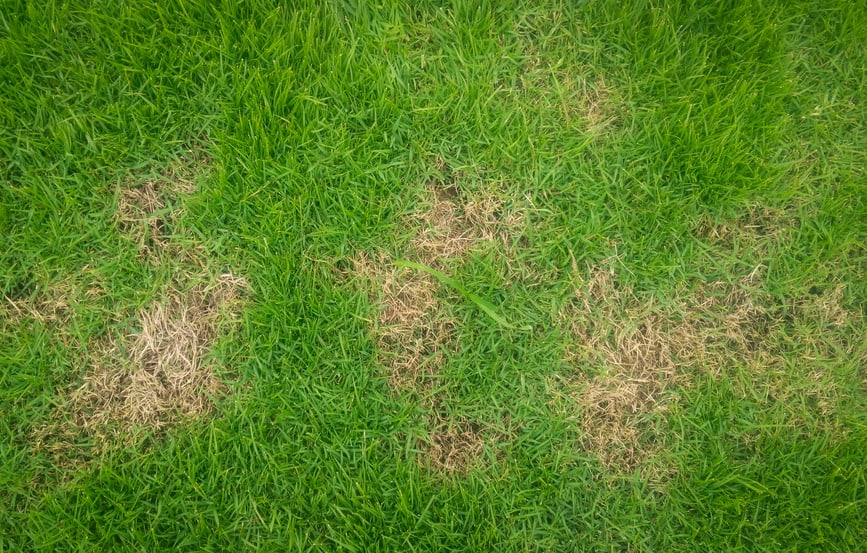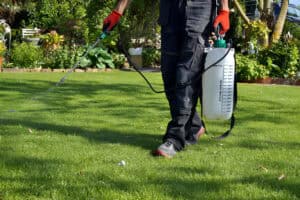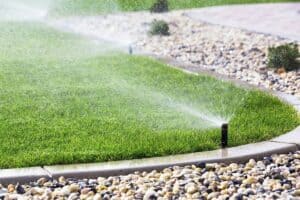The outdoors is an insect’s natural environment, but they can still act as pests on your perfectly manicured lawn. Pest invasion can quickly turn your lawn from a lush green to a sickly brown, and typically the only solution is turning to lawn treatment services. You will first need to identify the insects pestering your lawn before you look into different options for lawn treatment services.
Common Lawn Pests
You’ll know that your lawn is suffering from a pest infestation rather than a lack of water, poor lawn mowing, or irregular lawn care schedule if you spot bite marks on the grass in addition to brown spots, wilting blades, and dead grass patches. When you see the marks, look more closely to identify insects in the grass or turf layer. These common pests cause damage to your lawn:
- GrubsGrubs are the larvae of different varieties of scarab beetles and are among the most damaging of lawn pests. These plump larvae shaped like a “C” munch on lawn grass roots just below the soil surface in the spring, summer, and early fall. Grubs hatch in the summer, and when cold weather comes, maturing grubs burrow into the soil and go dormant for the winter. They emerge from the soil as the ground warms in early spring, begin feeding on grass roots again, transform into adult beetles in the early summer, and then mate to create more grubs.
- Chinch BugsChinch bugs vary in appearance and affect areas across the United States. A common indication of chinch bugs is yellow patches in the lawn that are two to three feet in diameter. As sap-sucking insects that feed on grass blades, they secrete an anticoagulant that causes grass the stop absorbing water. The grass then withers and dies, even if it is not watered regularly.
- Sod WebwormsAs larvae of the sod webworm moth, young sod webworms typically grow to about one inch in length and are brown or green with dark spotting. Their parent moths are a dingy gray-tan with a distinctive protrusion that looks like a double snout. Sod webworms tend to leave brown patches behind after eating grass blades and entire stems. They often do this damage quickly and extensively.
Out of American homeowners, upwards of 69% say that their lawn could use improvement. When you see sizable dry and discolored patches on your lawn and it looks as if something has made your lawn’s grass blades its afternoon snack, it is high time to join that 69% and bring in lawn treatment services.






